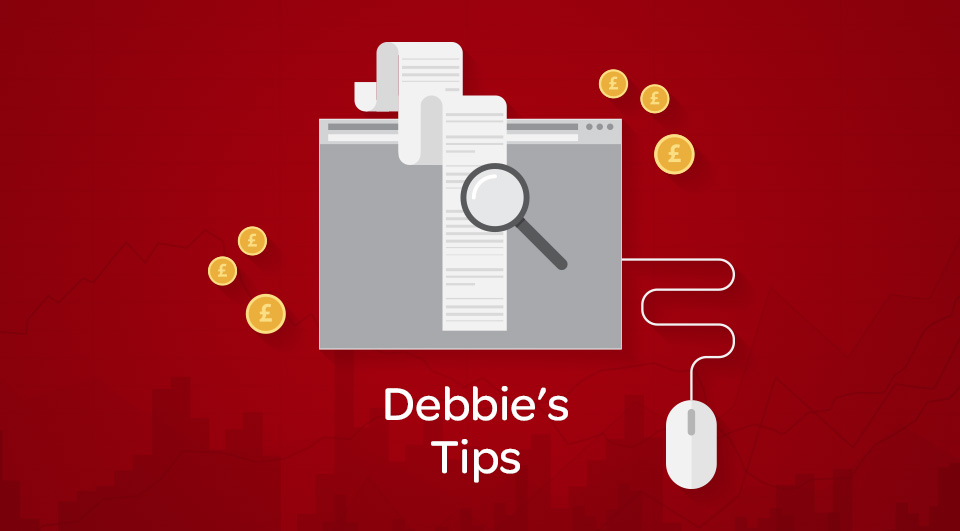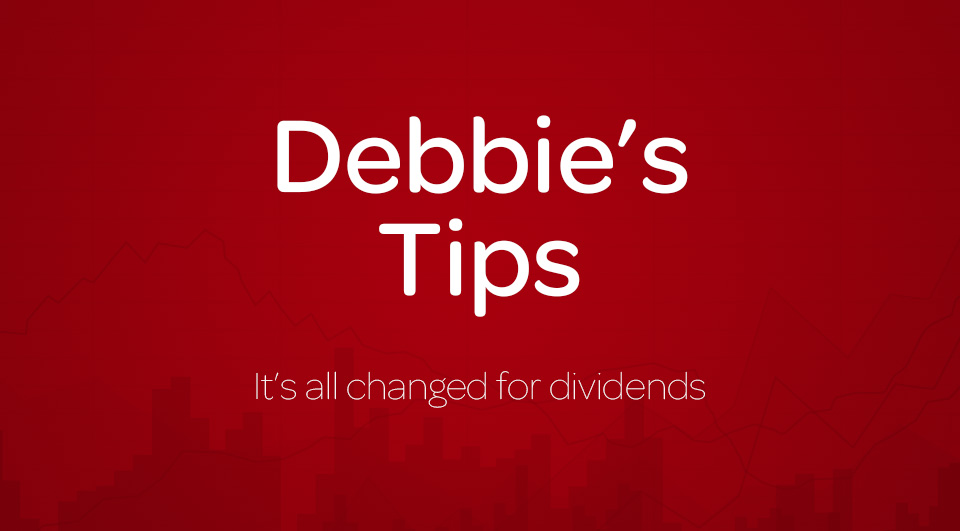The dividend tax regime has changed. Did you know?
Thankfully we’ve got your back, so Debbie has put together some handy tips for surviving the change unscathed.
But first – what has changed?
Prior to 6th April 2016, if you were a basic rate taxpayer, you paid no additional tax on dividend income, because dividends were treated as paid after a 10% tax credit has been applied. Many sole director/shareholders chose to have the company reward them with a mixture of salary and dividends in order to take advantage of this.
From April 2016 the dividend tax regime has changed: now the 10% tax credit will be replaced by a £5,000 dividend income allowance. Any dividend income over that level will be subject to income tax at the following rates:
7.5% for basic rate taxpayers
32.5% for higher rate taxpayers
38.1% for additional rate taxpayers
This, particularly when coupled with the withdrawal of Employment Allowance for one-person limited companies, could result in some whopping increases to tax bills when the company and its director are considered together.
The budget report specifically says that one aim of the changes to the dividend tax regime is to reduce so-called “Tax Motivated Incorporation” in order to “start to reduce the incentive to incorporate and remunerate through dividends rather than through wages to reduce tax liabilities”.
1. Maximise your annual tax-free dividend allowance
Each person will be entitled to a new tax-free Dividend Allowance of £5,000 per annum. Married couples (and registered civil partners) should spread their taxable portfolios between them to make full use of each person’s allowance.
2. Make the most of each spouse’s income tax allowance and tax bands
Married couples should make full use of personal allowances and basic rate tax bands, where applicable, so that taxable dividends are paid in the name of the spouse who pays the lowest tax rates.
3. Use pension to save dividend tax
A pension contribution can also be used to reduce dividend tax liabilities for many investors by taking advantage of the tax relief on the contribution.
Effectively the basic rate tax band is increased by the amount of the pension contribution, meaning larger gains might be realised before the higher rate of dividend tax is payable.
For example, a pension contribution of £3,600 will extend the basic rate tax band from £43,000 to £46,600 (2016/17 tax year). Then, providing other taxable income and taxable dividend income total less than £44,600 in this tax year, the dividend tax will be paid at 7.5 per cent and none at 32.5 per cent.
4. Salary or dividend?
A director-shareholder is still likely to benefit from taking a dividend over a salary, although the amount of tax saved will be reduced
5. Invest in VCTs
For taxpaying, sophisticated investors, happy to take higher risks, Venture Capital Trusts generate tax-free dividends.
These tax-free dividends will be payable in addition to tax-free dividends from an ISA and tax-free dividends within the new £5,000 Dividend Allowance
If you want to find out more about how the change in the dividend regime will effect you give us a call on 0113 385 4656 or drop us an email at hello@notjustnumbersltd.co.uk.


